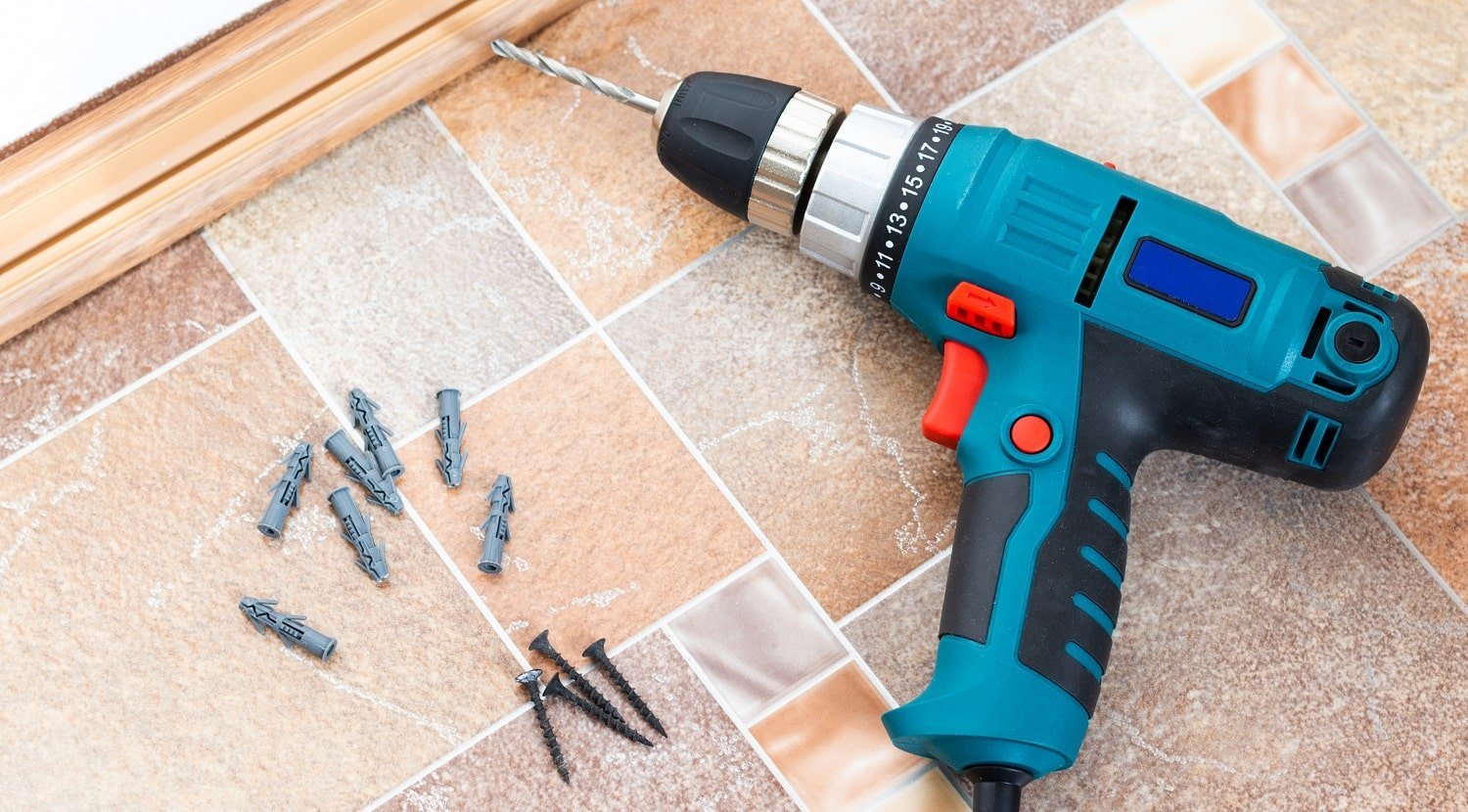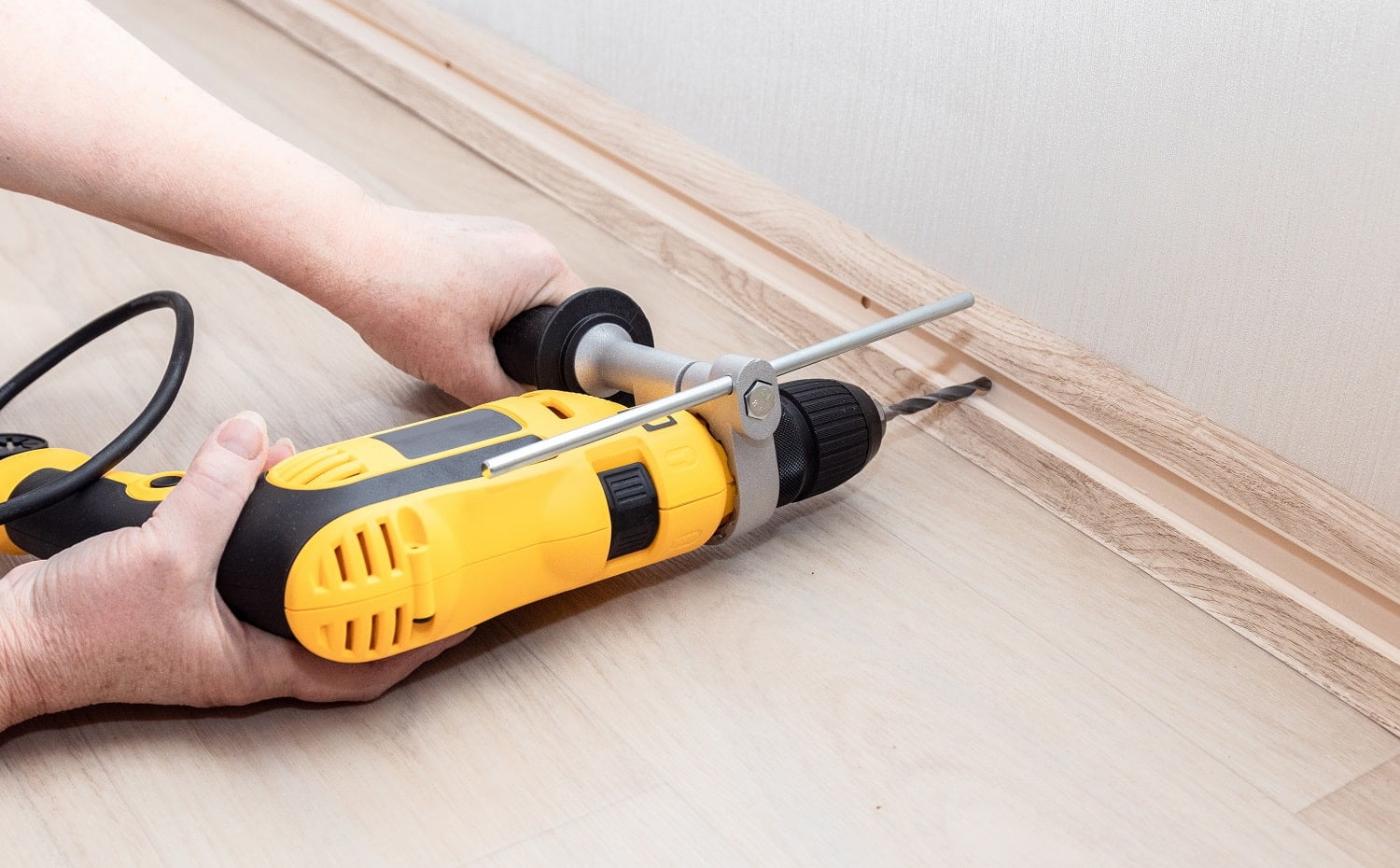You’ve finally revamped your room by adding that baseboard you had been eyeing for a while. But now you are faced with another predicament - finishing nails!

Finishing nails can make or break your baseboards as they are the primary determiners of durability and strength. Using the right nail is extremely crucial and this usually depends on the kind of project they are required for and the material of the baseboard itself.
Let’s give you some worst-case scenarios which could happen due to using the wrong size of finishing nails in your baseboard. The board could split open, or worse, you could end up penetrating an unknown pipe! We don’t want that, now, do we?
So, what we have done here is compiled an exhaustive guide for you, outlining some factors that you must keep in mind before making a selection.
Let’s get started, shall we?
Right Gauge Size

The important rule of thumb to remember is that, the larger the gauge number, the smaller the diameter of the nail it shoots. The largest nails are usually employed by finish nailers and these range between 15 to 16 gauges, which denote smaller nails. These are ideal for a smoother finish as they leave no space or holes, thus reducing the need for fillings.
Baseboards require nails with smaller diameters. Thick nails have chances of splitting the wood, while the longer ones may go right through surfaces and/or pipes, causing damage that’s difficult to repair.
Using the right gauge size also proves useful while painting the house. As part of your interior wall, baseboards are generally of the same color as your wall. So, in order to minimize sanding or putty to cover up spaces left behind, it is best to carefully consider the size of the finishing nail.
In the case of unpainted baseboards, we would advise you to sink the stained hole and then use putty. Not only does this offer a finish to the board but it also camouflages the nail. Thankfully, there is no chance of any structural inconvenience here, as baseboards simply have a decorative or protective function.
Long story short, the nail you use must be long enough to secure the baseboard firmly to the wall. That is the primary function of a finishing nail. The reason why we insist on the correct size is so that even the most minor damage can be averted. This brings us to the next factor that you must consider - the material.
Baseboard Material
This is quite the no-brainer. Baseboards come in a variety of construction materials as they cater to the decorative requirements of the house. Design aesthetics, therefore, are influential in deciding the material of the baseboard.
This, in turn, becomes important while choosing finishing nails for the board. Nailers shoot in the nails with considerable force and being strong and sharp themselves, the nails can potentially cause immense damage. This is why the right size and material go hand-in-hand while it comes to selecting the ideal finishing nail.
In addition to that, it is important to take into account the climatic conditions of your location. A large variety of wood tends to shrink or expand, depending on the temperature and humidity. This inadvertently has an impact on what kind and size of finishing nail is then suitable for use on that particular baseboard.
To avoid this, we recommend that you leave the baseboards inside your house for 24 to 48 hours before nailing them in. By then, they will have grown accustomed to the temperature conditions indoors.
Using a Punch
This is a very specific but essential part of the trimming process where the baseboard has not been painted. In that case, as we mentioned above, it would be advisable to first sink the hole and then use putty or filling. Now, while there are other ways of doing this, we would suggest using a punch in order to prevent the slightest damage.
Punches are widely available in the market at any hardware or machinery store. Not only do punches ensure that the nails are driven smoothly through the boards, but the sharp tips on the top of the punches also make the process much easier.
8d Finish Nails
8d finish nails are simply a type of finish nails, where the ‘d’ stands for ‘penny’. This is an indicator of the length of the nail according to a system that dates back to the time of the Romans!
The strength of the nail depends on its length and diameter. If it is of the precise length, then there will be no problem in driving the nail far enough into the wood in order to secure it.
The diameter determines the strength as well, in the sense that it directly affects the quantity of wood fibers that come in contact with the nail. A wider nail has the capacity to bear a larger quantity of wood fibers, which results in a stronger link.

Conclusion
We hope we have been able to guide you adequately regarding the right nail size for baseboards. Gauge size and material are the two key points while using a punch and bearing in mind the temperature conditions also result in a smoother experience. So go ahead, and install that baseboard.
Cheers!
Related Article
Freeman PFR2190 Framing Nailer Review + Buyer’s Guide
13 Best Finish Nailers for Woodworking
What Size Nails Do You Need for Framing?
Pin Nailer vs. Brad Nailer 101 | Key Differences, Advantages & Disadvantages
